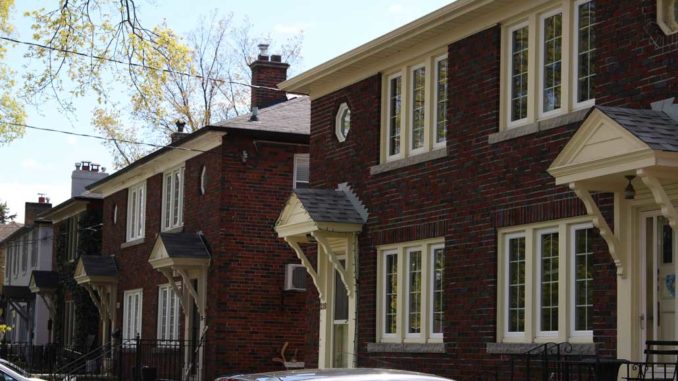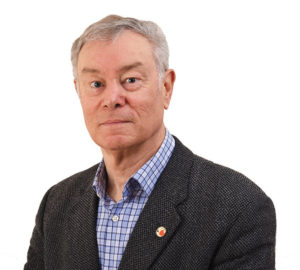
It seems the pace of threats to Leaside’s residential character is quickening.
The LPOA recently asked our councillor to arrange a meeting with City Planning to consider the status of the various efforts proposed over the years to protect Leaside’s character.
John Van Nostrand said in 2015 when Leaside was authorized for a Heritage Conservation District study: “Leaside is probably the best example we have in Toronto – or perhaps Canada – of a fully-planned ‘garden’ or ‘railway suburb’ that was built in the 1930s/40s in accordance with a single overall plan. As such it may well qualify as a potential Heritage Neighbourhood – one that comprises a set of clearly identified planning and design features that are repeated right across the community.”
Leaside was designed, governed, and partially functioned as a single entity for much of its history, including its formative years more than a century ago. So, what’s the status of efforts to protect Leaside’s character?
Heritage
Leaside was identified as a potential Heritage Conservation District (HCD) in Official Plan Amendment No. 38. In 2014, the LPOA hired heritage planner Paul Dilse to undertake an assessment of a potential HCD for the Leaside residential area.
That year, part of Leaside was nominated as a potential HCD and authorized by City Council the next year, but as part of a group of 16 candidates, Leaside was prioritized “below the line,” and did not proceed.
In 2018, Leaside was recommended for a Cultural Heritage Resource Assessment (CHRA) study. This has not commenced to date, although heritage studies in two related and adjacent areas (Midtown in Focus and Laird in Focus) have proceeded.
Design Guidelines
In 2003, the City in consultation with the Leaside Character Preservation Advisory Committee published the “Residential Character Preservation Guidelines for House Renovations, Additions and In-Fill Development in the Community of Leaside” (see lpoa.ca/guidelines). These guidelines “provide design principles that are meant to assist members of the community – architects, designers and contractors, as well as City officials and staff, in gaining an understanding of what makes Leaside’s natural and architectural attributes valuable and how to extend these attributes to new development.”
In 2016, City Planning initiated two pilot studies to create a City-wide template for Neighbourhood Design Guidelines. While the Long Branch guidelines were developed, approved by Council and implemented, those for Willowdale have not been completed. The status of the template is unknown.
Preservation of the standards expressed in the Leaside Guidelines is a key issue of importance to Leaside and other established neighbourhoods facing incremental change resulting from the Committee of Adjustment (COA) and TLAB decision-making regarding so-called “minor variances.”
The LPOA has attempted to use the guidelines to assess applications before the COA and upon appeal to the OMB/TLAB, so far to no avail.
Once at the forefront of town planning in Canada, ironically, Leaside now lacks effective planning regulation. The creation of a Leaside Heritage Conservation District would appear to hold the most promise of allowing the cultural heritage landscapes of Leaside to evolve in a planned and consistent manner, rather than be destroyed by incremental and random changes.
Unless the City expeditiously updates the guidelines and provides a mechanism to enforce them, the ongoing erosion of the community’s built form will soon reach a point of no return.



